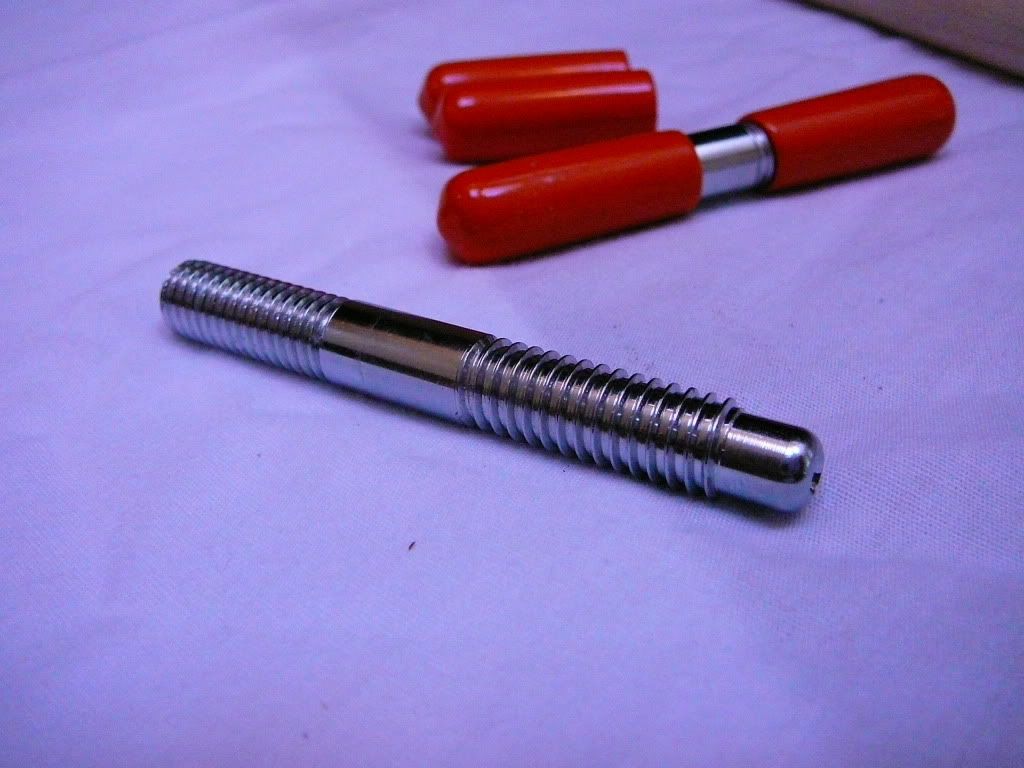since i know zero about cue making could you all tell me the pros and cons of the different joint pins ie i see listed different sizes??
also whats the difference between wood on wood vs stainless steel vs ivory etc. i also saw an ivory sleeve over some other material.
if there are links or references lead me to them please.
but i would like to hear what you guys that make them beleive in general and why for example do you use the joint pin and joint type you do
also whats the difference between wood on wood vs stainless steel vs ivory etc. i also saw an ivory sleeve over some other material.
if there are links or references lead me to them please.
but i would like to hear what you guys that make them beleive in general and why for example do you use the joint pin and joint type you do
